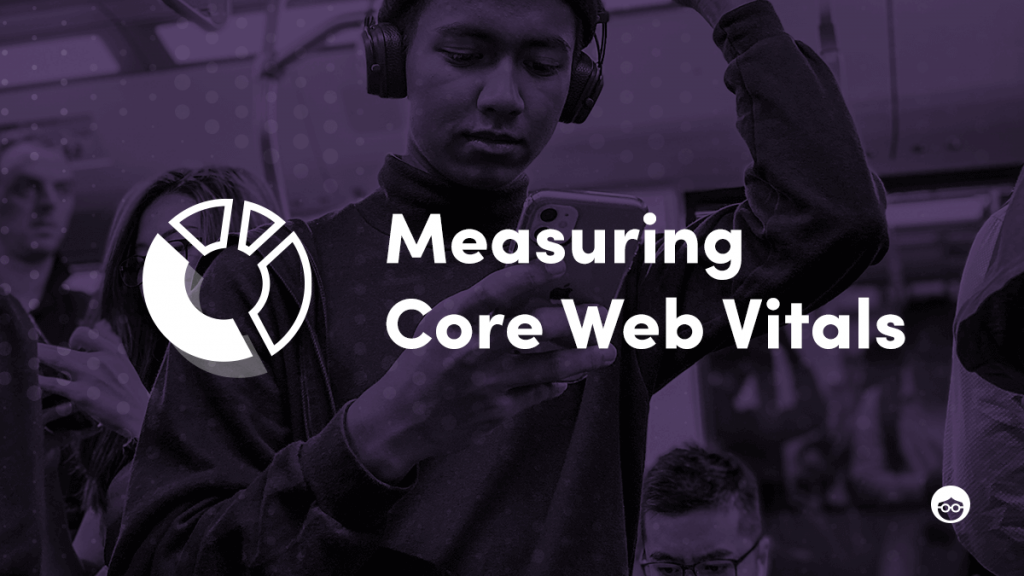
This post is part of a series on Core Web Vitals.
Welcome back to this series on Core Web Vitals. In our first post, we explored what the Core Web Vitals are and how impacts to these scores can be mitigated. Let’s now take a look at some considerations to think about when measuring them.
Core Web Vitals are dynamic and must be monitored over time.
Websites are dynamic with the elements used often changing for every page and with every refresh. Core Web Vitals scores are measured using an average based on all instances on your site but may differ from page to page and audience to audience.
Factors impacting a Core Web Vital score:
- Audience diversity: Your sites must be optimized across the full range of devices and web connections that audiences use to connect to your site.
- Across site: You may use a range of editorial/site elements on different page types. Meaning your metrics measured may be different across pages/sections.
- 3rd party powered elements: You may be using a range of 3rd party partnerships on your pages or as part of your ad stack. Each may impact scores indirectly/directly.
Further considerations:
- Core Web Vitals are averages across all pages and audiences on your sites
- Google uses a 28-day data look back window, therefore any changes you make may take a short time to be reflected
- Continuous measurement is required as Core Web Vitals are not static one time measures, ensuring minimal impact and driving the best possible site performance experience for audiences is an ongoing endeavor
Field data vs Lab data
It’s important to consider the basis for your monitoring data. Site performance metrics are generally measured using two methods:
Lab data
Data created using tools that simulate a page in an artificial/controlled environment.
Strengths:
- Provides reproducible results helpful for debugging
- Easier to identify and isolate issues
Weaknesses:
- Doesn’t capture all “real-world” problems that users face
Lab based data is useful for developer teams to run controlled tests, however it is not reflective of your real world Core Web Vitals metrics.
Field data
Data collected in the field from actual users across all of your web pages and their unique network connections and devices.
Strengths:
- Captures “real-world” experience
- Easier to correlate with business KPIs
- The actual scores that factor into SEO
Weaknesses:
- Limited capabilities to debug and requires collaboration with partners to ensure you are able to measure their impact/improvements in the field
Field data is useful when measuring the real world metrics across all audiences, pages, devices, web connections etc.
In short neither data type is better than the other, however both should be used to ensure great site performance. It is important to validate any improvements or promises about zero negative effects that are reflected when rolled out to real audiences in the field. For more on this topic, a useful overview of lab vs field data can be found here.
We hope you found this brief summary helpful as an important foundation in your Core Web Vitals strategy. Join us again for the next post where we will share tips on recording and setting up your own Core Web Vitals dashboards and measuring the impact of improvement tests.
For more information and advice on Core Web Vitals, reach out to your Outbrain point of contact.
